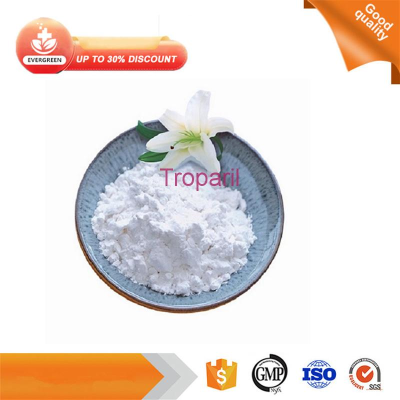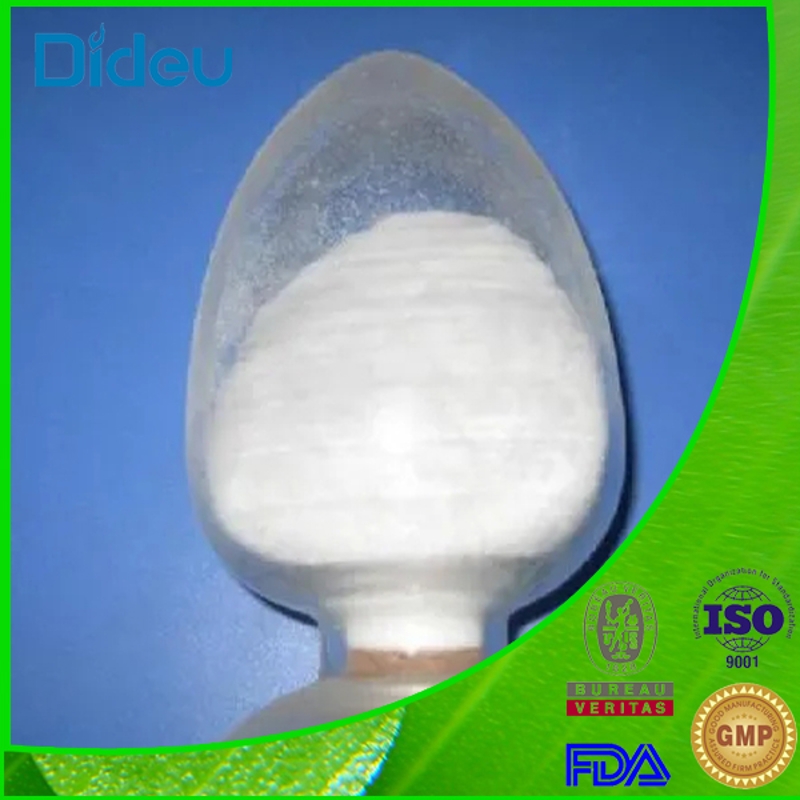NEJM: Acute aortic aortic blocking, bridge or not bridge?
-
Last Update: 2020-07-14
-
Source: Internet
-
Author: User
Search more information of high quality chemicals, good prices and reliable suppliers, visit
www.echemi.com
Whenblood vesselthrombosisexcision is feasible and timely, or there is a mismatch between local cerebral perfusion and infarction, it has become a pre-circulatory large vascular aocstatosis acute ischemiaone of the standard treatment sepsispatientsAnintraethal therapy has previously been compared with intravenous lysobutt atdipaseHowever, for ischemic stroke patients, there is still uncertainty about the role of the use of artiplase before and during thrombosisAtepase increases early reperfusion of ischemic areas and dissolves blood clots that remain at the far end after blood clot removal in the blood vesselsHowever, for near-end largethropogenic thrombosis, the dissolution of intravenous artiformase is limited, and partial dissolution of the thrombosis can cause the target thrombosis to rupture or make it move to the far end of the blood vessel, making intravascular thrombosis more complexIntravenous injections of artipase may also increase the risk of brain bleedingThe meta-analysis of the observational study showed that the efficacy of intravascular thrombosis and standard atepsothromynthromywast was quite, but the randomized trial of comparing the two methods was limitedProfessor Liu Jianmin of Changhai Hospital in Shanghai, China, and others published the results of the Direct-MT trial on NEJM in May 2020 to determine whether the treatment of simple intravascular thrombosis in patients with pre-circulated large vascular closed acute stroke is not inferior to the intravascular treatment of intravascular thrombosis preoperative intracourseiated venous atepilythrosisthe study was initiated by researchers, multicenter, forward-looking, randomized, open-label, and clinical trials for pre-evaluation of blind methods involving 41 university medical centers in 18 provinces and cities in China that required surgery to have at least 30 intravascular thrombosis removals in the previous yearAcute ischemic stroke patients suitable for venous atipedthromy and intravascular thrombosis were includedThe CTA in these patients indicates intracranial artery (end and nonterminus) intracranial blocking, or MCA M1 or M2 near end or both blocking These patients were able to receive intravenous atipane thrombolytic therapy within 4.5h of the disease; ASPECTS score is not necessary to incorporate the criteria According to AHA/ASA guidelines, people with pre-stroke disabilities (mRS 2) or venous thrombosis contraindications cannot be included in the trial included patients were randomized at a ratio of 1:1 (according to the stratification of the treatment center) into simple intravascular thrombosis or combination therapy group (intravenous attipethrosomic incombination intra-blood thrombosis, venous thrombosis programme in accordance with AHA guidelines) The combined treatment group during intravascular thrombosis can also infuse atapres until the infusion is complete, even if the blood vessels have been successfully re-passed Infusion of artipase is not allowed before or during surgery in the blood vessel treatment group As a rescue therapy, both groups were allowed to give arterial doses of ateplyse (up to a maximum dose of 30 mg) or urine kinase (maximum dose of 400,000 U) the main outcome indicator is mRS 90 days after randomization, and its non-degradation is analyzed If the main analysis suggests that there is a possibility of good results, then the benefits can be verified according to the second-level objectives screening 1586 patients, including 656 cases, including 327 cases of individual thrombosis and 329 cases in the combined treatment group In terms of the main outcome, the individual intravascular thrombosis was no worse than the venous atepasse combination intravascular thrombosis (adjusted cOR, 1.07; 95% CI, 0.81-1.40; non-deactive P-0.04) The proportion of patients who successfully re-injected prior to thrombosis in the individual blood vessel thromyectomy group was lower (2.4% vs 7%), and the overall successful reperfusion was also lower (79.4% vs 84.5%) The 90-day mortality rate was 17.7 per cent and 18.8 per cent, respectively baseline data of interest in simple intravascular treatment group and combination treatment group: age, 69 vs 69; NIHSS, 17 vs 17; atrial history, 46.5% vs 45.3%; average ASPECTS, 9 vs 9; cardiogenic etiology, 44.6% vs 43.8%; intracranial aortic porridge sample Hardened, 8 vs 5.8%; Unidentified Causes, 37% vs 41.6%; From Onset to Random, 167 vs 177min; From Random to Start, NA vs 7min; From Random to Femoral Artery Piercing, 31 vs 36min (this is a severe: vein thrombosis causes only 5min delay!!! What would be the result if there was a longer delay? ); from random to vascular reflux, 102 vs 96min; from admission to venous thrombosis, NA vs 59min; from admission to femoral puncture, 84 vs 85.5min; intracranial ICA occlusion, 35 vs 35%; M1, 50.3% vs 54.6% other data, 24h NIHSS, 12 vs 12; 5-7 days or discharge nIHSS, 8 vs 8; eTICI 2b 2c or 3; 79.4% vs 84.5%; 24-72h Reflux (CTA), 85 1.% vs 89.1%; CT lesions volume, 36.3 vs 36.7ml; asymptomatic intracranial hemorrhage, 33.3% vs 36.2%; Symptomatic intracranial hemorrhage, 4.3% vs 6.1%; 5-7 days of new area infarction, 3.4% vs 2.7%; Large area or malignant MCA infarction, 12.8% vs 13.1%; Surgical Complications, Vascular Mezzanine, 2.4% vs 1.5%; Anotonic osmosis, 1.8% vs 3%; New Area Embolism, 10.7% vs 9.4%; Femoral artery complications, 0.6% vs 0.3% the final author believes that in China, for patients with large vascular aclout acute ischemic stroke, the individual intravascular thrombosis was not as good as the functional outcome (within 20% of the confidence interval) before intravascular thrombosis to be treated with atepsase (incidence 4.5h intravenear thrombosis) : 1 From random to femoral artery puncture, 31 vs 36min This is great: venous thrombosis causes only 5min delay!!! What would be the result if there was a longer delay? In the real world, this can be an important issue 2 The proportion of intracranial atherosclerosis is low, 5.8%-8%, which is different from previous data from the Asian population 3 The test requires a CTA check before randomization, what is the delay caused by the CTA check? The delay in CTA affects the efficacy of venous thrombosis
This article is an English version of an article which is originally in the Chinese language on echemi.com and is provided for information purposes only.
This website makes no representation or warranty of any kind, either expressed or implied, as to the accuracy, completeness ownership or reliability of
the article or any translations thereof. If you have any concerns or complaints relating to the article, please send an email, providing a detailed
description of the concern or complaint, to
service@echemi.com. A staff member will contact you within 5 working days. Once verified, infringing content
will be removed immediately.







